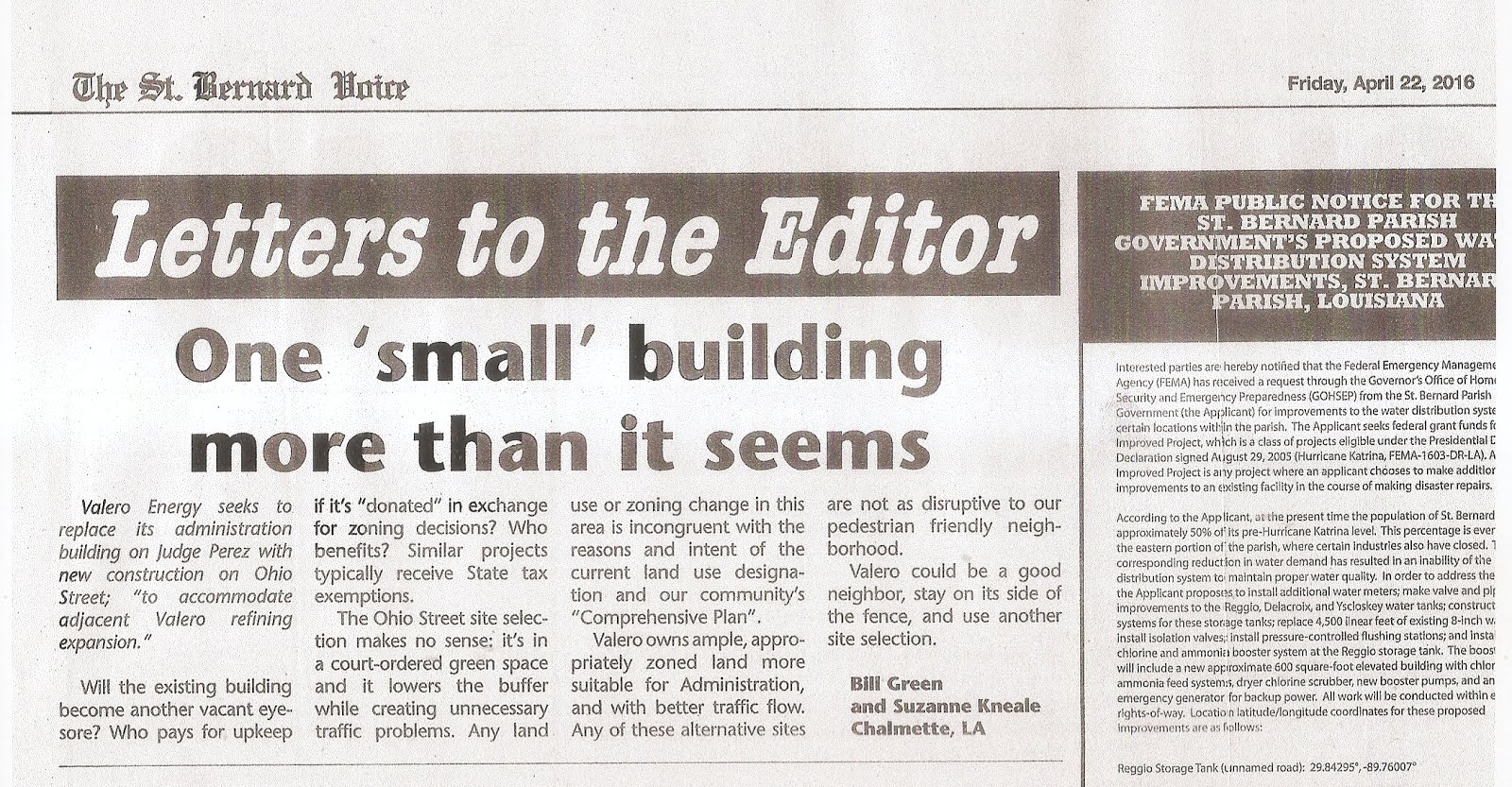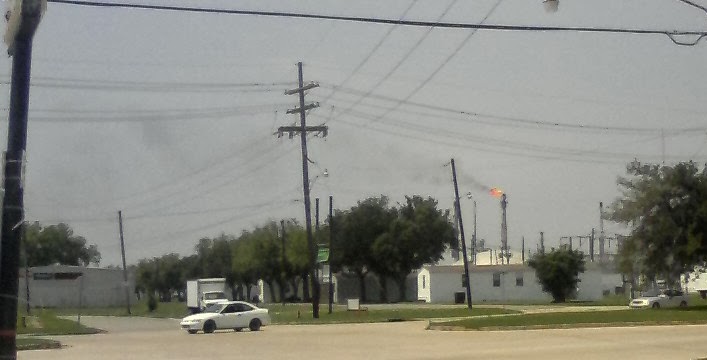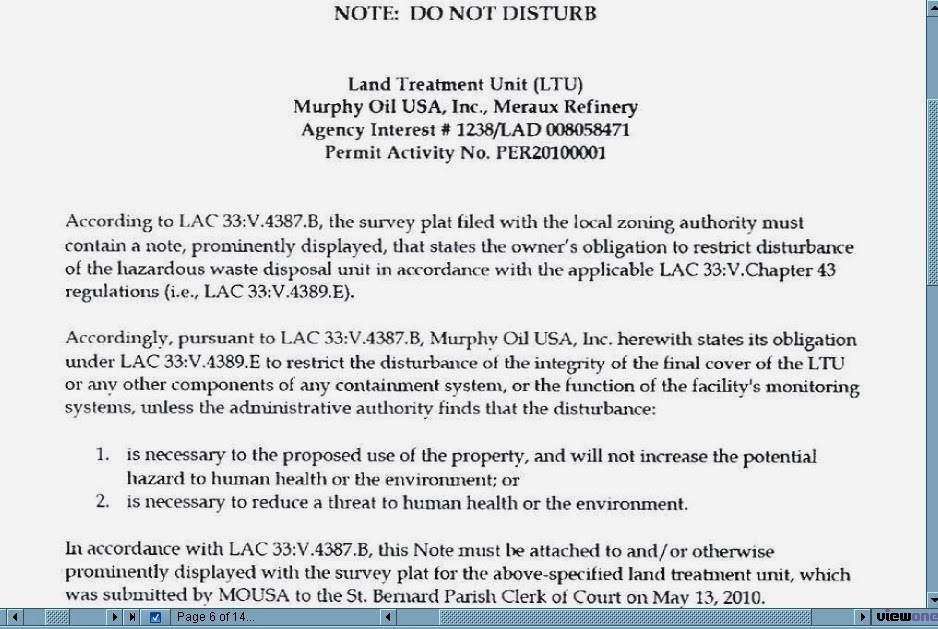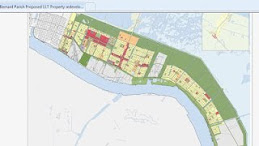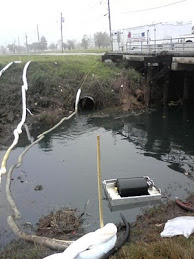Hydrogen Sulfide can cause genetic damage, plus serious and permanent central nervous system damage. [1].
St Bernard Parish residents have been frequently if not consistently exposed to more hydrogen sulfide than the daily exposure level recommended by the EPA. Hydrogen sulfide is a gas which causes deleterious effects at chronic low level exposures of 0.0014 ppm (1.4 ppb).
Children are among the most susceptible to this poison gas. It is unacceptable for communities near oil refineries and many others to have to continue suffering the ill effects of H2S when the technology to control H2S emissions is available and affordable.
“The daily inhalation exposure to the human population that is likely to be without an appreciable risk of deleterious effects during a lifetime, the RfC, has been determined to be 0.002 mg/m3 or 1.4 ppb.”http://www.epa.gov/iris/toxreviews/0061tr.pdf
Health effects from chronic low level exposure include the burning and tearing of eyes, cough, shortness of breath, and for asthmatics, difficulty breathing. The effects may be delayed for several hours, or sometimes several days, when exposed to low level concentrations. Chronic exposure causes eye inflammation, headache, fatigue, irritability, insomnia, digestive disturbances and weight loss. Researchers found the following demonstrable symptoms resulting from chronic exposure to H2S: changes in brain density, abnormal neurobehavioral function, headache, altered mood states such as depression, fatigue, and tension, memory loss, pronounced deficits in balance and reaction time, dizziness, insomnia, overpowering fatigue, and reduced sense of smell.
EPA should address adverse H2S impacts based on evidence of harmful exposures in numerous communities and its toxicological effects at low concentrations such as non-cancer effects and emerging evidence that H2S is a genotoxic agent, meaning it damages DNA
[1] http://org.salsalabs.com/o/1541/p/dia/action/public/?action_KEY=2815
Link to monitors in St Bernard Parish
“Since the respiratory tract is the major target organ of hydrogen sulfide toxicity, humans with asthma, and the elderly and young children with compromised respiratory function represent sensitive subpopulations. Due to the serious toxic effects associated with exposure to high concentrations of hydrogen sulfide for very short durations, all exposure should be avoided.” http://www.who.int/ipcs/publications/cicad/en/cicad53.pdf
Health effects from chronic low-level exposure to hydrogen sulfide
Hydrogen sulfide (H2S) and sour gas effects on the eye




